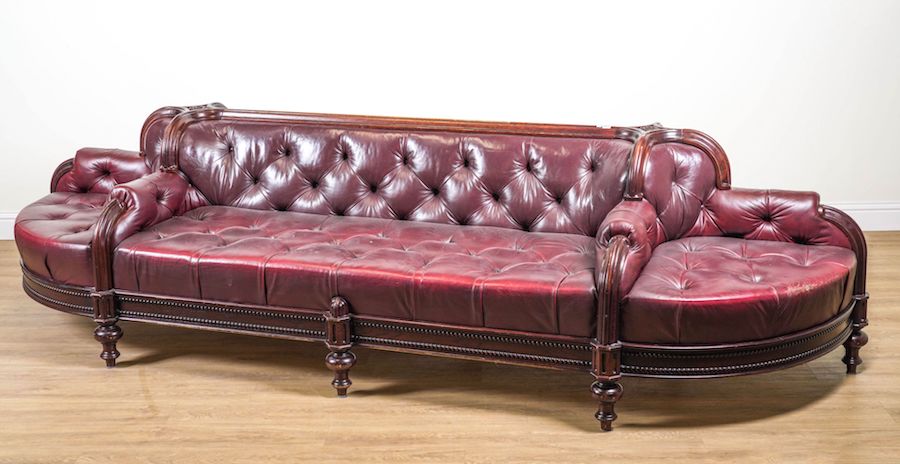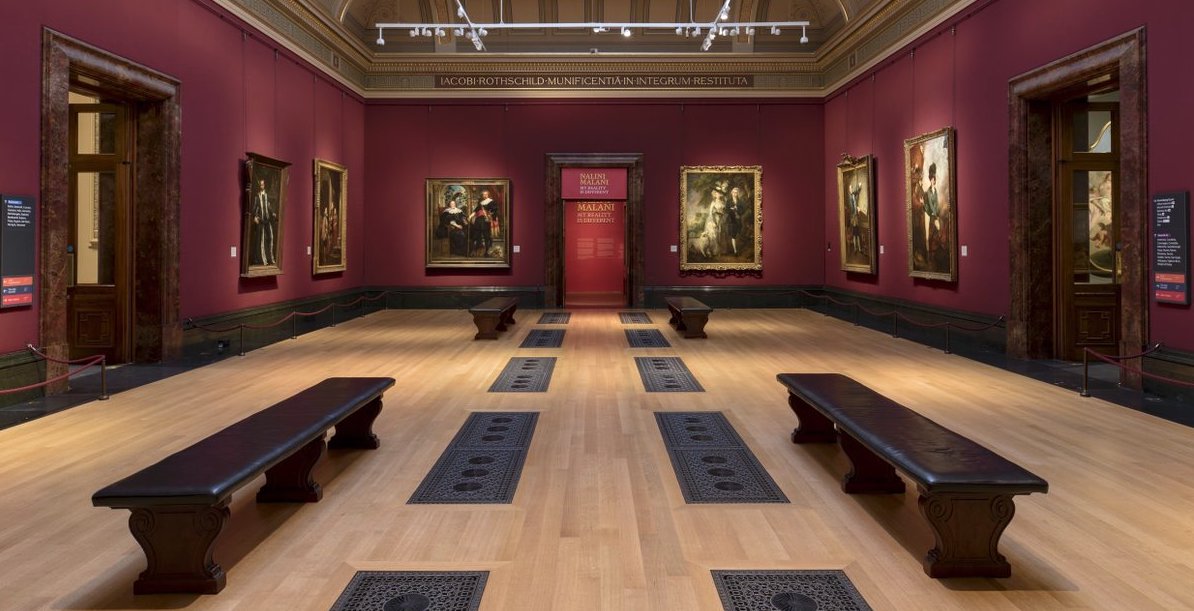A familiar fixture of the National Gallery is soon to disappear. The red leather benches that have long punctuated its rooms—symbols of quiet contemplation amid masterpieces—are being withdrawn from use and sold, following a decision rooted in health and safety regulations. They are also selling off several wooden benches from the gallery.
The NG has confirmed that the benches—reproductions from the 1980s and 1990s, modelled on Victorian designs—no longer comply with current fire safety standards. Their combination of leather and wood, once prized for its craftsmanship, now raises practical issues: it is hard to clean, prone to ageing, and increasingly viewed as a possible haven for pests that could endanger the collection.

As part of a wider refurbishment, they will be replaced with solid oak seating. Eleven of the benches will be auctioned through Bellmans, with estimates reaching £1,200 apiece—a modest price for a piece of the institution’s history.
The move comes at a moment of upheaval for the National Gallery, which marks its bicentenary with sweeping changes. Alongside the renovation of the Sainsbury Wing, the institution is rethinking the limits of its collection. For decades, its remit ended at the early 20th century—an arrangement shaped by agreements with the Tate to prevent duplication. That boundary is now being dismantled. Supported by an unprecedented £375 million gift, believed to be the largest ever made to a UK cultural institution, the Gallery will begin acquiring modern and contemporary works in partnership with the Tate.
Sir Gabriele Finaldi, director of the National Gallery, described the change as part of a broader rethinking of the institution’s purpose. “We think of it as an aesthetic experience, which then can become an educational experience, and a social experience. Not necessarily a political experience,” he told The Telegraph. Yet the quiet removal of the benches has, ironically, sparked one of the most politically charged responses in recent memory.
On Instagram, the announcement drew several comments ranging from disbelief to indignation. “Good grief… A disaster for the National,” wrote one user, echoing a sentiment of loss. Another lamented, “Why would they want to sell such marvellous and valuable pieces of furniture?” Others aimed at what they saw as creeping modernisation: “I’m hoping they are not being replaced with some modern plastic crap,” posted one follower.

In response to public concern, the Gallery has clarified the status of the benches, identifying them not as original features but as later reproductions from the late twentieth century. The institution further justified the decision by citing contemporary fire safety standards, which the pieces can no longer meet, as well as persistent conservation challenges.
They emphasised that the benches present a latent risk to the collection, as their construction makes them susceptible to pest infiltration. For future scholarship or reinstatement, the Gallery assures that a complete set of detailed archival photographs and design specifications has been preserved, enabling an authentic reconstruction should the need arise.
Still, the symbolic weight of the decision lingers. For many visitors, the deep red benches represented more than rest—they were part of the gallery’s visual rhythm, objects that absorbed silence as visitors paused before a painting.
Their removal signals more than a simple update of furnishings; it subtly alters the gallery’s atmosphere. At 200 years old, the National Gallery demonstrates its ability to navigate the intersection of historical legacy, contemporary safety standards, and evolving visitor expectations.

